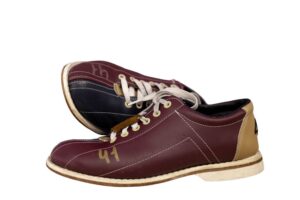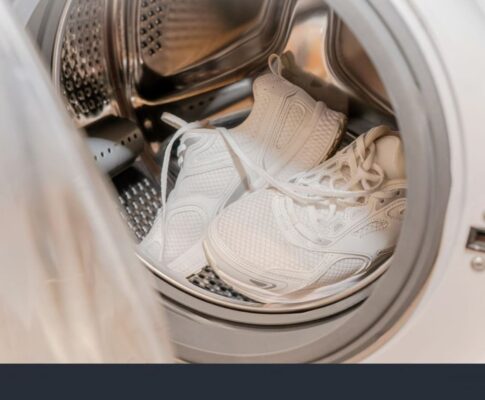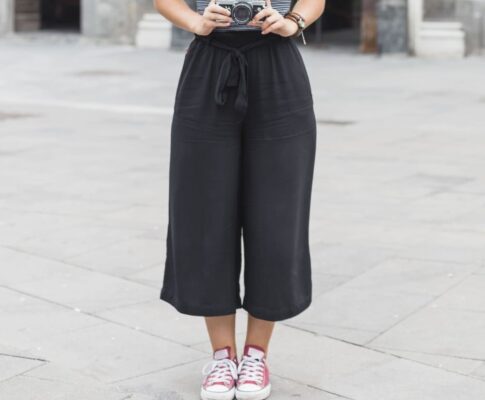
Unwanted attention and embarrassment can result from squeaky shoes, which can be a bothersome distraction. Shoes squeaking can be annoying whether you’re entering a meeting, exploring a peaceful library, or just having a good time. Thankfully, there are a few efficient ways to block out those annoying sounds. This post will discuss the typical reasons why shoes squeak and offer workable fixes.
Recognizing the Reasons Behind Squeaky Shoes
Knowing what makes shoes squeak is crucial before looking at solutions. The noise may have originated from a number of sources, including:
- Moisture: When the materials of the shoe rub against one another, water that is trapped inside may cause a squeaking sound.
- Worn-out Components: Squeaks may be caused by the insoles, soles, or other squeaky shoes components wearing down over time.
- Manufacturing Defects: Shoes may occasionally squeak due to inherent flaws in the manufacturing process.
- Material Friction: Noise can be produced when various materials rub against one another, such as leather and rubber.
How to Solve Squeaky Shoes
1. Drying Out Your Squeaky Shoes
Drying out your shoes is the first step if dampness is the problem. The following are some methods to do this successfully:
- Air Dry: Remove the insoles from the shoes and set them in a warm, dry place to air dry. Steer clear of direct sunlight as it can harm certain materials.
- Use a Fan: Hold a fan near your squeaky shoes to help circulate air and speed up the drying process.
- Baking Soda: To help the shoes absorb moisture, sprinkle them with baking soda. Shake it out the following day after leaving it overnight.
2. Lubrication
Using a lubricant can help if the squeak is caused by material friction. Here are a few choices.
- Baby Powder or Cornstarch: A little should be sprinkled inside the squeaky shoes, especially beneath the insoles. This can absorb moisture and lessen friction.
- Silicone Spray: A silicone spray may work well for squeaks emanating from the squeaky shoes exterior. Be careful not to oversaturate when you spray it on the locations where the noise is coming from.
3. Tightening Loose Parts
Squeaks can occasionally be brought on by loose parts. Examine the following.
- Laces: Make sure the laces on your shoes are tight. Squeaking may result from the shoe moving around due to loose laces.
- Screws and Rivets: You should check your shoes for loose screws and rivets. Tightening them will cease the sounds.
4. Inspecting the Insoles
Squeaks are frequently caused by insoles. Here’s how to deal with it:
- Remove and Clean: Remove and thoroughly clean the insoles. Noise can be produced by the accumulation of dirt and moisture.
- Replace Worn Insoles: You might want to get new insoles if the current ones are worn out. This can enhance comfort in addition to resolving the squeak.
5. Addressing the Sole
Another possible source of squeaking is the shoe’s sole. The following actions should be taken:
- Check for Damage: Look for any damage or cracks on the sole. If you discover any, you might want to fix it with shoe repair adhesive.
- Add a Layer: Adding a rubber sole cover can help cut down on noise and offer additional cushioning if the sole is too thin or worn.
6. Using Leather Conditioner
Squeaking in leather shoes can frequently be stopped with the right maintenance:
- Condition the Leather: To maintain the material’s suppleness, apply a leather conditioner. This may lessen friction and get rid of squeaks.
- Polish: You can preserve the integrity of your leather shoes and lessen noise by polishing them on a regular basis.
7. Professional Repair
It might be time to see a professional if you’ve tried the aforementioned fixes and your squeaky shoes are still squeaking. A cobbler can evaluate the problem and perform repairs, like part replacement or component regluing, that might not be feasible at home.
Preventing Squeaks in the Future
Take into account the following precautions to avoid having to deal with squeaky shoes in the future:
- Select High-Quality Shoes: Make an investment in shoes of high quality from reliable manufacturers. Better materials and construction are often associated with higher quality, which lowers the possibility of squeaks.
- Regular Maintenance: Check that your squeaky shoes are dry and clean. Check for wear and tear on a regular basis and take quick care of any problems.
- Store Correctly: Keep your shoes in a dry, cool location when not in use. Steer clear of stacking them in a manner that might deform them.
Conclusion
Although they can be annoying, squeaky shoes are frequently fixable with basic do-it-yourself techniques. You can enjoy your favorite squeaky shoes without being distracted by annoying noises if you know what causes them and apply the appropriate solutions. You can bring peace back to your steps by using these tips to tighten loose parts, lubricate them, or dry them out. If all else fails, don’t be afraid to get professional assistance to make sure your shoes stay quiet and comfortable for many years to come.





Pingback:How to Clean Leather Shoes: Step-by-Step Cleaning Process - Shoesidea